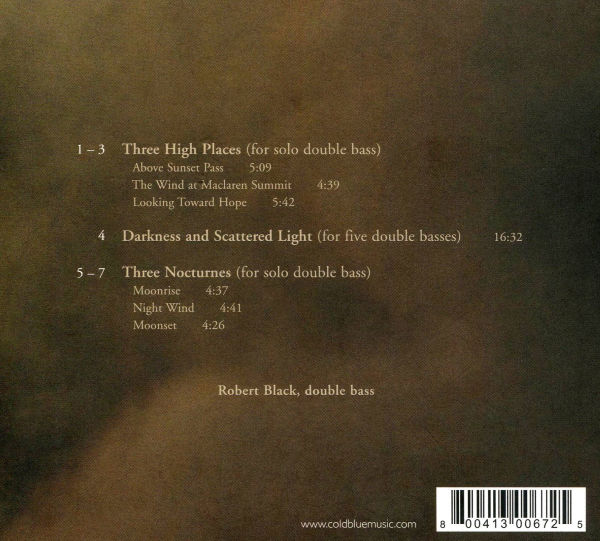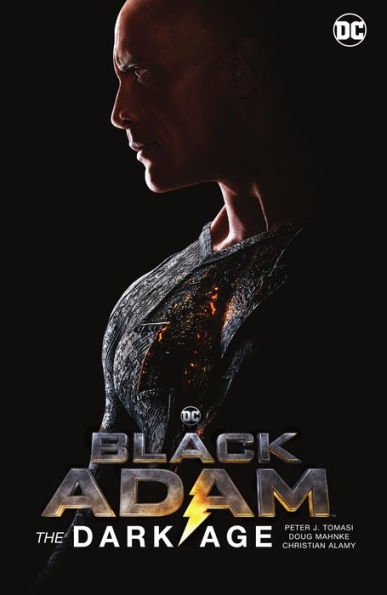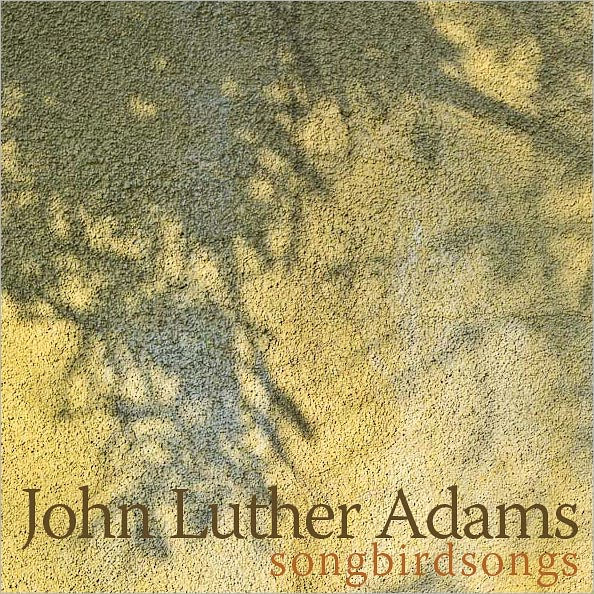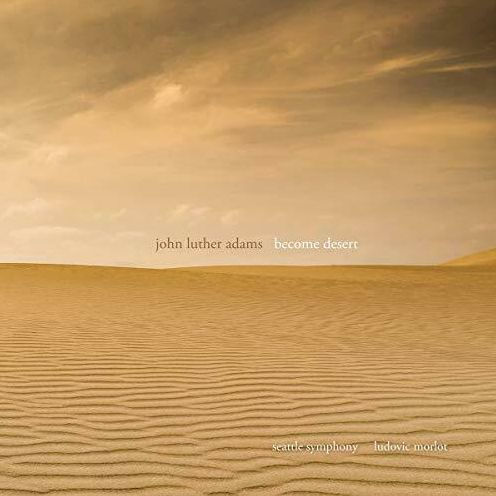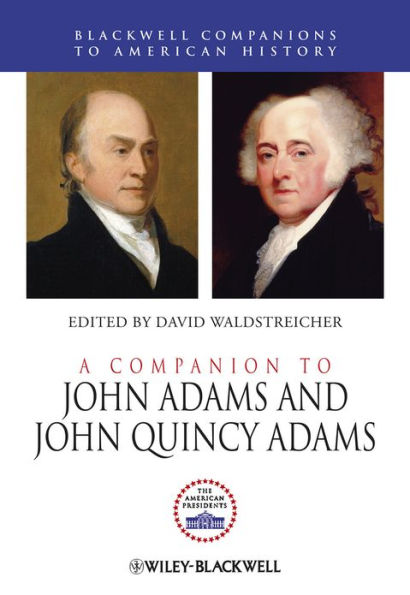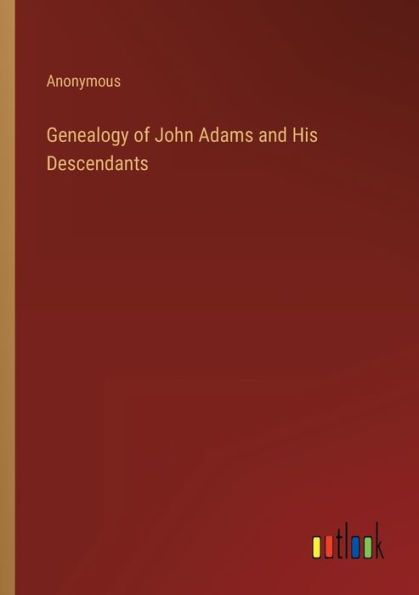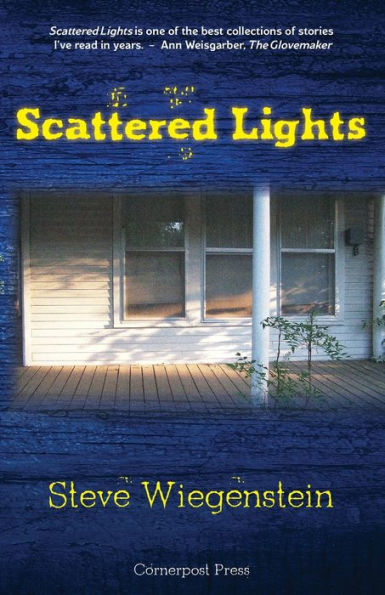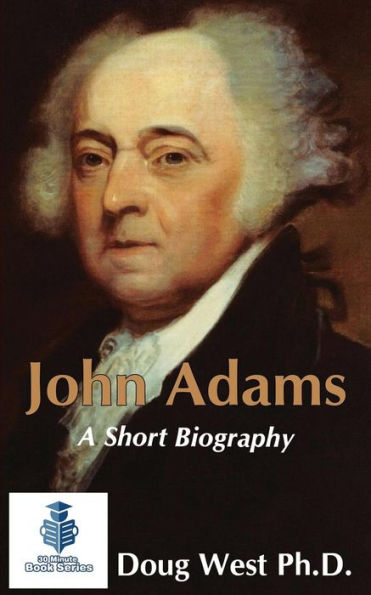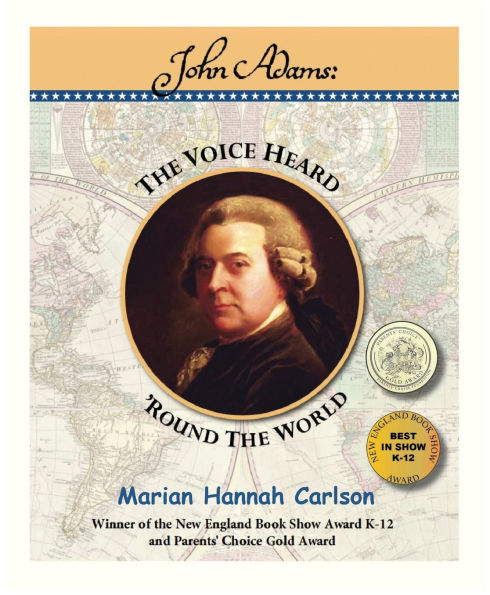Home
John Luther Adams: Darkness and Scattered Light
Barnes and Noble
Loading Inventory...
John Luther Adams: Darkness and Scattered Light in Franklin, TN
Current price: $20.99
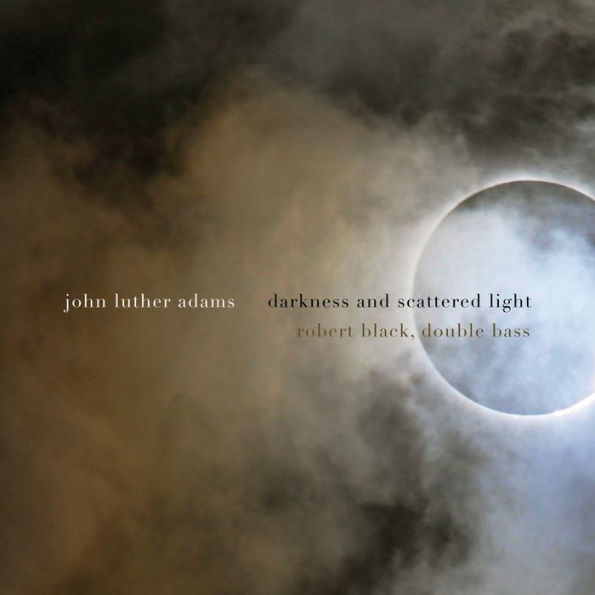
Barnes and Noble
John Luther Adams: Darkness and Scattered Light in Franklin, TN
Current price: $20.99
Loading Inventory...
Size: OS
The music of
John Luther Adams
(not to be confused with
John Adams
) evokes vast landscapes, not surprising for a composer who lived for some years in rural Alaska. His music, with its open consonances and slow harmonic motion, is sometimes uneasily classified as minimalist, but really, it is sui generis. It doesn't come much more minimal, however, than the works on this album, two of which are for a solo double bass. The opening
Three High Places
was originally written for a solo violin, and the titular
Darkness and Scattered Light
is for five double basses, all of which are played by the soloist here,
Robert Black
. The single-instrument setting isn't typical of
Adams
, many of whose works are orchestral, but the music here can still be recommended to
newcomers, for it boils his language down to its essentials and tunes the ear, so to speak, to its small details. In
, the double bass is tuned to open fifths and contains no stopped notes; everything the listener hears that is not the principal notes are produced by harmonics. Even with this restriction, the music is reasonably evocative of high places.
also draws on harmonic and subharmonic series in its evocation of day and night in two places, La Jolla, California, and Fairbanks, Alaska. The
Three Nocturnes
are based on the subharmonic series and were first performed by
Black
outdoors in the Utah canyonlands. Essentially,
fans will find here what they're used to in the composer's music. What is surprising is that new listeners will also find an intriguing slice of
' unique universe. This album earned a Grammy Award nomination for Best Classical Instrumental Solo in 2023. ~ James Manheim
John Luther Adams
(not to be confused with
John Adams
) evokes vast landscapes, not surprising for a composer who lived for some years in rural Alaska. His music, with its open consonances and slow harmonic motion, is sometimes uneasily classified as minimalist, but really, it is sui generis. It doesn't come much more minimal, however, than the works on this album, two of which are for a solo double bass. The opening
Three High Places
was originally written for a solo violin, and the titular
Darkness and Scattered Light
is for five double basses, all of which are played by the soloist here,
Robert Black
. The single-instrument setting isn't typical of
Adams
, many of whose works are orchestral, but the music here can still be recommended to
newcomers, for it boils his language down to its essentials and tunes the ear, so to speak, to its small details. In
, the double bass is tuned to open fifths and contains no stopped notes; everything the listener hears that is not the principal notes are produced by harmonics. Even with this restriction, the music is reasonably evocative of high places.
also draws on harmonic and subharmonic series in its evocation of day and night in two places, La Jolla, California, and Fairbanks, Alaska. The
Three Nocturnes
are based on the subharmonic series and were first performed by
Black
outdoors in the Utah canyonlands. Essentially,
fans will find here what they're used to in the composer's music. What is surprising is that new listeners will also find an intriguing slice of
' unique universe. This album earned a Grammy Award nomination for Best Classical Instrumental Solo in 2023. ~ James Manheim
The music of
John Luther Adams
(not to be confused with
John Adams
) evokes vast landscapes, not surprising for a composer who lived for some years in rural Alaska. His music, with its open consonances and slow harmonic motion, is sometimes uneasily classified as minimalist, but really, it is sui generis. It doesn't come much more minimal, however, than the works on this album, two of which are for a solo double bass. The opening
Three High Places
was originally written for a solo violin, and the titular
Darkness and Scattered Light
is for five double basses, all of which are played by the soloist here,
Robert Black
. The single-instrument setting isn't typical of
Adams
, many of whose works are orchestral, but the music here can still be recommended to
newcomers, for it boils his language down to its essentials and tunes the ear, so to speak, to its small details. In
, the double bass is tuned to open fifths and contains no stopped notes; everything the listener hears that is not the principal notes are produced by harmonics. Even with this restriction, the music is reasonably evocative of high places.
also draws on harmonic and subharmonic series in its evocation of day and night in two places, La Jolla, California, and Fairbanks, Alaska. The
Three Nocturnes
are based on the subharmonic series and were first performed by
Black
outdoors in the Utah canyonlands. Essentially,
fans will find here what they're used to in the composer's music. What is surprising is that new listeners will also find an intriguing slice of
' unique universe. This album earned a Grammy Award nomination for Best Classical Instrumental Solo in 2023. ~ James Manheim
John Luther Adams
(not to be confused with
John Adams
) evokes vast landscapes, not surprising for a composer who lived for some years in rural Alaska. His music, with its open consonances and slow harmonic motion, is sometimes uneasily classified as minimalist, but really, it is sui generis. It doesn't come much more minimal, however, than the works on this album, two of which are for a solo double bass. The opening
Three High Places
was originally written for a solo violin, and the titular
Darkness and Scattered Light
is for five double basses, all of which are played by the soloist here,
Robert Black
. The single-instrument setting isn't typical of
Adams
, many of whose works are orchestral, but the music here can still be recommended to
newcomers, for it boils his language down to its essentials and tunes the ear, so to speak, to its small details. In
, the double bass is tuned to open fifths and contains no stopped notes; everything the listener hears that is not the principal notes are produced by harmonics. Even with this restriction, the music is reasonably evocative of high places.
also draws on harmonic and subharmonic series in its evocation of day and night in two places, La Jolla, California, and Fairbanks, Alaska. The
Three Nocturnes
are based on the subharmonic series and were first performed by
Black
outdoors in the Utah canyonlands. Essentially,
fans will find here what they're used to in the composer's music. What is surprising is that new listeners will also find an intriguing slice of
' unique universe. This album earned a Grammy Award nomination for Best Classical Instrumental Solo in 2023. ~ James Manheim
